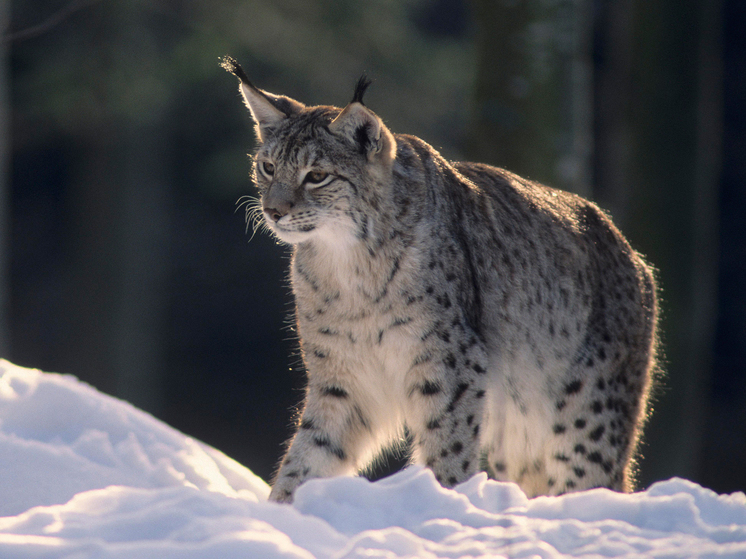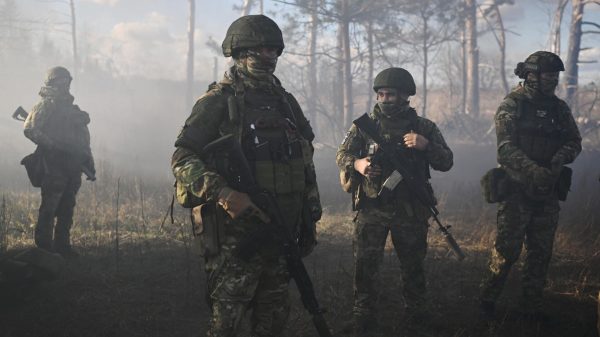There is no written explanation for the interpretation of the find
The discovery of a lynx buried with four dogs in an early medieval settlement in Hungary has greatly intrigued archaeologists, since these wild cats are rarely found in archaeological excavations.

The fifth- to sixth-century pit, which was about 1.4 meters deep, contained the skeleton of a lynx at the bottom, and on top of it were the skeletons of four dogs the size of modern pointers or German shepherds.
Living throughout the Northern Hemisphere, the lynx is a large predator that usually preys on small mammals and birds. While the Eurasian lynx has practically disappeared in continental Europe due to human cutting down of trees in their forest habitat.
“From an archaeological point of view, lynx skeletons are extremely rare, since lynx meat is not usually eaten,” archaeologist Laszlo Bartosiewicz explained the puzzlement. He said lynx claws sometimes end up in human graves because their skins were buried there and rotted, but intact skeletons are rare.
The animal pit was found at the site of Zamárdi-Kutvelgi-dule in west-central Hungary, in the area known as Pannonia during Roman rule. The last stage of settlement of the site dates back to the early Middle Ages, shortly after the fall of the Western Roman Empire. At that time, Zamardi was a small settlement, and archaeologists had previously discovered dozens of buildings, pits, wells and ovens there. People in this area obtained their food from domesticated animals and crops, rather than hunting game.
At the bottom of the pit, a fully elongated skeleton of a male lynx was found. Four adult dogs — two females and two males — were buried on the right side, above the lynx; each animal was separated by a layer of mud 20 to 40 centimeters thick.
“It is difficult to summarize our interpretation of the burial of lynx and dogs, since no archaeological or ethnographic parallels have been found,” Bartoshevich noted.
Researchers say the burial is the end result of a fatal encounter in which the dogs may have been killed by a cornered bobcat. Another version is that this was a purposeful burial of animals with ritual significance. But if this was the case, the scientists noted in the study, then it is surprising that due consideration was not given when placing lynx and dogs.
“Unfortunately, the population of the former Roman province during the migration period could represent almost any ideology, given the chaotic history of that period,” Bartoshevich said.
Harvard University zooarchaeologist Victoria Moses told Live Science that “the authors were wise not to overestimate the significance of the lynx and dog burials to the inhabitants of the site at that time. But given the presence of such a unique animal in an atypical burial made in a short time, the likelihood of a ritual is high.”
Archaeologists have concluded that at present it is impossible to give an unambiguous interpretation of the animal pit without additional evidence.
Archaeologists have concluded that it is currently impossible to give an unambiguous interpretation of the animal pit without additional evidence.
“In the absence of additional written or ethnographic material about the perception of this large predator in the early Middle Ages, our rather unusual find is indeed the “missing lynx” of this story,” Bartoshevich concluded.
























































Свежие комментарии